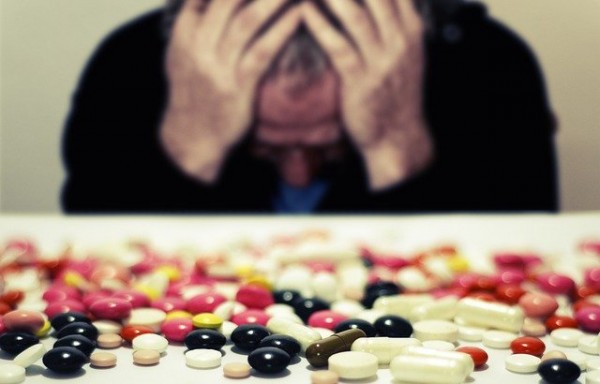Do You Experience Frequent Migraines? ‘Green Light’ Therapy May Be for You

Studies say the use of a 'nonpharmacological therapy' like green light exposure can be a tremendous help to different patients who either do not want to take oral medicines or drugs for migraines are not just useful in treating their condition.
If you're having regular migraine episodes, you may benefit from what a new study has recently identified as "green light therapy."
This research presents that the therapy can help lessen the frequency and intensity of headaches and can also improve the quality of life of someone who battles with migraines.
Based on data from the Migraine Research Foundation, Migraine is the world's third most prevalent illness, affecting 29 million people in the United States and one billion worldwide.
Mohab Ibrahim, the study lead author said, this is a pioneering clinical study to investigate exposure to green light as a preventive treatment for patients suffering from migraines.
Ibrahim, a University of Arizona College of Medicin-Tucson's anesthesiology, pharmacology, and neurosurgery department associate professor, also said, "As a physician, this is really exciting."
Now, he added he has another "tool in my toolbox" to treat migraine, which he described as "one of the most difficult neurological conditions."
ALSO READ: Paracetamol Is No Longer Just for Pain, It's for the Psyche Too
An Illness Challenging to Treat
Generally, the study found, green light exposure decreased the number of headache days each month, averagely by 60 percent.
A majority of this research participants, 86 percent of patients with episodic migraine and 63 percent of patients with chronic migraine, reported over 50 percent drop in their headache each month.
Episodic migraine is characterized by a maximum of 14 headache days each month. Meanwhile, chronic migraine is found to be 15 more headache days each month.
The general average benefit, Ibrahim explained, was statistically substantial. The majority of the people, he added, were delighted.
Study participants whom the lead author referred to as the "extremely happy" people were the ones given light strips and instructions to follow while they were completing the study at home.
One of the ways the study authors measured the satisfaction of patients was when they signed up. The latter were told they needed to return the light after the study.
Nonetheless, when the study came to an end, participants were offered the choice to keep the light, and out of 29 respondents, 28 decided to keep it.
DON'T MISS THIS: US Buys Majority of Redemsivir Global Stock in Hopes of Ensuring COVID-19 Recoveries
A 'Nonpharmacological Therapy'
Together with co-author Amol Patwardhan, Ibrahim studied the green light exposure effects for several years.
This preliminary clinical research involved 29 participants who experienced an episodic or chronic migraine and had ineffective therapies like "oral medications and Botox injections."
Patwardhan, the anesthesiology department's associate professor and vice-chair of research, said that treating migraine headaches remains a challenge even with recent advances.
He added, "The use of a nonpharmacological therapy" like green light exposure can be a tremendous help to different patients who either do not want to take oral medicines or drugs for migraines are not just useful in treating their condition.
The good thing about this approach, the study co-author elaborated, is the absence of related side effects. "If at all, it appears to improve sleep and life quality's other measures," Patwardhan said.
The Green Light as a Drug without Side Effects
Every day for ten weeks, participants were exposed to white light for two hours during the study. Following a two-week break, for another ten weeks, they were exposed to green light.
They were able to complete regular questionnaires and surveys to track the number of times they experience headaches, including the intensity of pain and quality of life measurements, like the ability to "fall and stay asleep," or perform some tasks.
Utilizing a numeric pain scale of zero to 10, respondents noted that their exposure to light resulted in a 60-percent reduction in pain from eight to 3.2.
Also, Greenlight therapy shortened the duration of headaches, too, not to mention improved participants' ability to fall and stay asleep, perform tasks, and exercise. None among the participants said they experienced any side effects during their exposure to green light.
In this trial, according to Ibrahim, they regarded green light as a drug. He added, this therapy is not just any green light and "it has to be the right intensity, the right frequency, the right exposure time, and the right exposure methods." Like oral drugs, they added, "There is a sweet spot with light."
IN CASE YOU MISSED IT: Remdesivir Priced from $2,340 to $3,120 per Patient, Way Cheaper Than Estimated, Gilead CEO Says
Check out more news and information on Migraines on MD News Daily.
Sep 19, 2020 07:00 AM EDT





